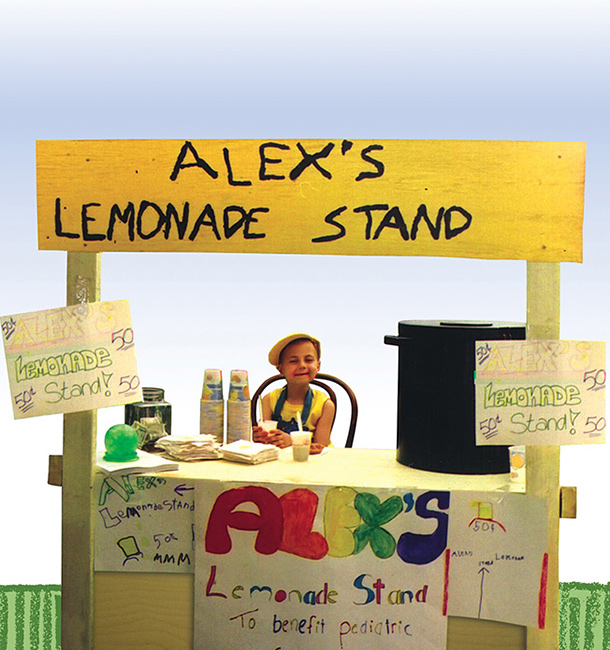Middle School (6-8)
Workshop for Sept 30, 2017 Directions:

The information listed here is for grade 6-8 teachers who are registered in the MAT-PD June 2017.
These Moodle projects written by teachers.
Example 1: Does it Measure Up?
Example 2: How Big is Earth
Please click one of the links above, use your MSP.Academy username and password to access them.
With your group, complete the projects.
After completing the projects, you are welcome to create a project for your students in the MSP.Academy
Please enjoy using Zoom as an online communication tool.
This is your direct link to Google Drive for downloading any and all of the handouts for MSP 2017. You will need to navigate to the various teachers names.
This is your direct link to the Google Drive Zip File with the handouts for MSP 2017. Please click the underlined text do download the .zip file.

Title: Plan a Party
Author: Yvonne Chancello
Grade Level: 7th
Standards: 7.RP.1, 7.RP.3
Description: Plan a party for a group of friends staying within the budget your parents give you. Use unit rates to choose the best items to purchase.
- Teacher: Yvonne Chancellor

Title: Area in the Real World
Author: Jammal Simmons
Grade Level: 6th Grade
Standards: 6.G.1, 6.EE.5, 6.EE.6, 6.EE.9,
Short Description: Using what students know about area students will determine how much paint, flooring, molding, and dry wall they will need to renovate and students are going to determine how much money they will spend renovating a house.
- Teacher: Jammal Simmons

Authors: Darius, Sierra, Christo and Ralph
Grade level: 8
Standards:
Short Description: set up a Lemonade stand to learn the Math including Ratios and Proportions to become Entrepreneurs
- Teacher: Christo Esterhuizen
- Teacher: Ralph Fields
- Teacher: Darius Harris
- Teacher: Sierra Jones

Title: The Crow & the Pitcher
Authors: Amber Kent & Erin Honsinger
Grade level: 8
Standards:
8.EE.5: Graph proportional relationships, interpreting the unit rate as the slope of the graph. Compare two different proportional relationships represented in different ways.
8.EE.6: Use similar triangles to explain why the slope m is the same between any two distinct points on a non-vertical line in the coordinate plane; derive the equation y = mx for a line through the origin and the equation y = mx + b for a line intercepting the vertical axis at b.
Short Description:
Experiment to discover and interpret initial value and rate of change.- Teacher: Erin Honsinger
- Teacher: Amber Kent

Title: "What's Your FAV?"
Authors: Kensell Batty
Grade level: 6th - 8th
Standards: 7.SP.1 Understand that statistics can be used to gain information about a population by examining a sample of the population; generalizations about a population from a sample are valid only if the sample is representative of that population. Understand that random sampling tends to produce representative samples and support valid inferences.
7.SP.2 Use data from a random sample to draw inferences about a population with an unknown characteristic of interest. Generate multiple samples (or simulated samples) of the same size to gauge the variation in estimates or predictions. For example, estimate the mean word length in a book by randomly sampling words from the book; predict the winner of a school election based on randomly sampled survey data. Gauge how far off the estimate or prediction might be.
Short Description: The students are to think of a “FAV” subject so they can survey 100 people and collect that data using a frequency table. Your survey must give the surveyor’s six choices to select from (e.g. What’s your favorite drink flavor? Cream Soda, Grape, Orange, Coke, Sprite, Strawberry). Once the data is collected the students will construct a bar graph, line graph, histogram, and a line plot. Creativity and Neatness are mandatory. (No notebook paper.
- Teacher: Kensell Batty

Title: Dream Vacation
Authors: Marika Foreman, ReShonda Dantlzer, Rawanda Fisher, and Cheryl Coleman
Grade level: 6th - 8th
Standards:
Short Description: Students will research, gather information and explore the different costs associated with planning a vacation. The students will be required to use any resources available to them to plan a vacation to anywhere in the world. Through this project students will be required to plan every little detail of their trip. Students will have to stay within a budget of $7,000. Through this project the students will explore the different costs associated with travel as well as plan a trip with a budgeted amount of money. Using their 21st century multi-media skills the students will make a creative presentation to showcase their dream vacation.
- Teacher: Cheryl Coleman
- Teacher: Reshonda Dantzler
- Teacher: Rawanda Fisher
- Teacher: Marika Foreman
